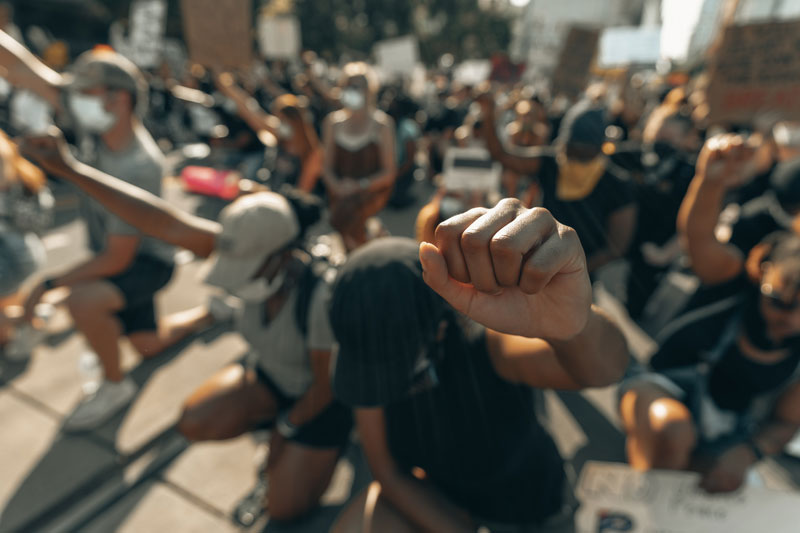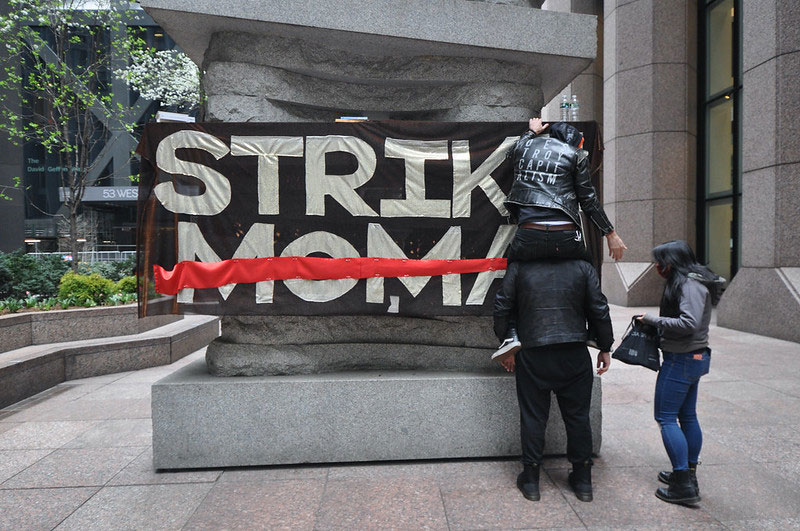July 19, 2010; Source: New York Times | In the mid-nineties New York City owned 8,950 buildings that had been seized for tax arrears. These contained 110,000 housing units. Many, left to decay for years, were painful blights on their neighborhoods. The city offered these, in a remarkable and massive redevelopment effort, for sale to for-profit developers, tenants and nonprofits. A small portion of these—442 to be exact—have fallen back into debt and disrepair.
They are also once again behind in taxes and fees to the tune of $140 million. The buildings are located from the South Bronx to Central Brooklyn. This article points to a number of nonprofit organizations among those who have essentially lost control of their holdings. It describes, in particular, the declining conditions in one 42-unit building owned by the Bronx Heights Neighborhood Development Corporation.
Sign up for our free newsletters
Subscribe to NPQ's newsletters to have our top stories delivered directly to your inbox.
By signing up, you agree to our privacy policy and terms of use, and to receive messages from NPQ and our partners.
With $3.7 million dollars in tax arrears and unpaid municipal fees on this and eight other nearby buildings BHNDC owns, the city plans to institute foreclosure proceedings on its entire portfolio and on 10 other buildings in this historic grouping. There appear to be some extenuating circumstances at work. BHNDC has been without an executive for years and appears to be suffering from a warring board, leading some to wonder why the city did not intervene. Additionally the article cites sharp increases in municipal fees that make the finances of the buildings difficult.
Other housing activists are quick to point to the relatively small proportion of buildings in failure. “It [NYC] took 100,000 slumlord units and changed them into 100,000 units that catalyzed the redevelopment and revitalization of tens of neighborhoods around the city,” Benjamin Dulchin, executive director of the Association for Neighborhood and Housing Development, which represents dozens of housing groups, told the Times. The proliferation of troubled buildings is lamentable, Mr. Dulchin said, but it is “a minor part in what has been an overwhelmingly successful public policy story.”—Ruth McCambridge













